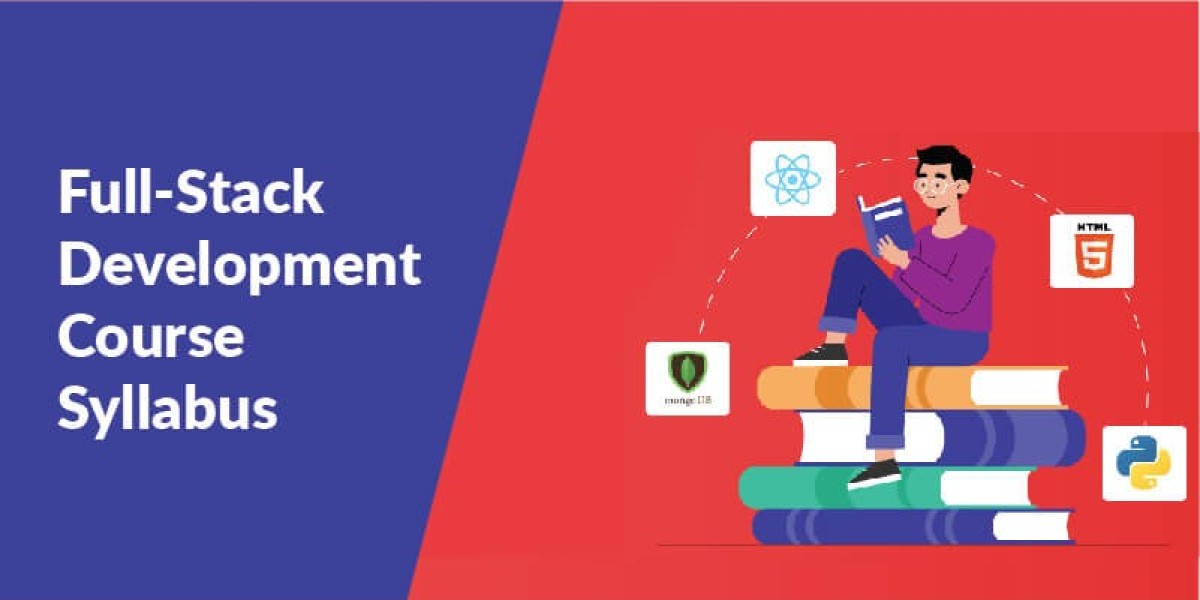Introduction
Web development is an exciting and dynamic field, offering endless opportunities for creativity and innovation. With the internet becoming an integral part of everyday life, web developers play a crucial role in building and maintaining websites that serve a variety of purposes. Whether you are looking to build your first personal website, start a career in web development, or just understand how websites work, this guide will walk you through the essential steps to becoming a successful web developer.
In this post, we'll explore the basic skills you need, the tools that can help you, and the learning resources that will guide you in becoming proficient at web development.
Why Learn Web Development?
The world is moving online. From e-commerce stores and social media platforms to news sites and personal blogs, there is an ever-increasing demand for well-designed, functional websites. Learning web development equips you with the ability to create websites that meet this demand, whether for personal projects or professional growth.
But beyond that, web development is a skill that combines creativity and logic. It allows you to express your ideas and solve problems in a real-world context. Plus, web development skills are highly transferable, giving you flexibility in various career paths like UX design, digital marketing, and even tech entrepreneurship.
Essential Skills for Web Development
To dive into web development, you'll need to master some essential skills. These range from basic coding languages to more advanced concepts like version control and debugging. Here are the most important skills every beginner should aim to learn:
1. HTML (Hypertext Markup Language)
HTML is the foundation of every website. It structures the content, defines headings, paragraphs, and links, and serves as the basic framework that makes a web page viewable in a browser. HTML is relatively easy to learn and a great place to start if you're completely new to web development.
2. CSS (Cascading Style Sheets)
CSS is the language used to style a website. It controls how elements like fonts, colors, and layouts are presented. CSS gives you the power to turn a plain HTML page into a visually appealing, responsive, and user-friendly site. Understanding CSS is essential for creating a polished and professional website.
3. JavaScript
JavaScript is what brings interactivity to websites. With JavaScript, you can create dynamic content, handle events (like clicks or form submissions), and even control multimedia elements. As a web developer, having a solid understanding of JavaScript will make your websites more engaging and functional.
4. Responsive Design
With mobile devices accounting for a significant portion of web traffic, it’s critical to ensure your websites are responsive. This means that they should adjust and function well on all screen sizes—from desktops to smartphones. Tools like CSS Flexbox, Grid, and media queries make responsive design easier to implement.
5. Version Control (Git & GitHub)
Version control allows you to track changes in your code, collaborate with other developers, and manage different versions of your project. Git is the most popular version control system, and GitHub is a platform for sharing and collaborating on projects. These tools are indispensable for professional web developers.
6. Web Hosting and Domain Management
Once your website is ready, you need to put it on the internet. Understanding the basics of web hosting and domain management is key to making your website accessible to the public. Many platforms like Bluehost, GoDaddy, and Netlify offer hosting services that are beginner-friendly.
The Learning Journey: From Beginner to Pro
The web development learning journey is often divided into three major phases: front-end development, back-end development, and full-stack development. Let’s take a look at what each involves.
Front-End Development
Front-end development refers to the part of the website that users interact with directly. This includes everything from the layout, design, and user interface to how the website behaves when someone clicks a button or scrolls through the page. HTML, CSS, and JavaScript are the core technologies used in front-end development.
Some front-end developers also specialize in certain libraries and frameworks like React, Vue, or Angular, which can help streamline the development process and add advanced functionality to websites.
Back-End Development
Back-end development focuses on what happens behind the scenes. This includes the server, database, and application logic that make a website function. Back-end developers typically work with programming languages like Python, Ruby, PHP, and JavaScript (Node.js). They also use databases such as MySQL, MongoDB, or PostgreSQL to store and retrieve data.
The back-end is crucial for enabling functionalities like user authentication, content management, and data storage, making it an essential part of more complex websites.
Full-Stack Development
Full-stack development is the combination of both front-end and back-end development. A full-stack developer has a broad skill set that allows them to build entire web applications from scratch, managing both the user interface and the underlying logic. Many developers start by learning either front-end or back-end development and later move on to become full-stack developers.
Tools and Resources to Kickstart Your Web Development Journey
To learn web development, it’s important to take advantage of the vast number of online resources, tools, and platforms that can guide you through the process. Below are some of the most popular and effective tools for learning and practicing web development.
1. FreeCodeCamp
FreeCodeCamp is an excellent resource for beginners. It offers a comprehensive curriculum that covers everything from HTML and CSS to JavaScript and full-stack development. Their interactive coding challenges and project-based learning style make it easy to grasp new concepts and apply them in real-life scenarios.
2. Codecademy
Codecademy offers interactive courses on a variety of programming languages, including HTML, CSS, and JavaScript. Their platform is user-friendly, and they offer both free and paid content. If you’re looking for an engaging, beginner-friendly way to learn coding, Codecademy is a great option.
3. MDN Web Docs
MDN Web Docs, maintained by Mozilla, is one of the most comprehensive resources for web developers. Whether you’re a beginner or an experienced developer, MDN provides in-depth documentation on web technologies, including tutorials, guides, and reference materials on HTML, CSS, and JavaScript.
4. Coursera and edX
If you prefer a more structured learning approach, platforms like Coursera and edX offer courses from top universities and institutions. These platforms offer both free and paid courses, and many of them are project-based, allowing you to build real-world projects as you learn.
5. Stack Overflow
As you progress through your learning journey, you’ll inevitably run into challenges. Stack Overflow is a community of developers who share solutions to coding problems. It’s a great place to ask questions, search for answers, and learn from other developers' experiences.
Building Projects to Sharpen Your Skills
The best way to become proficient in web development is by building real projects. Start small—create a personal portfolio website, a blog, or a simple landing page for a fictional product. As you build more projects, you’ll gain practical experience and develop a deeper understanding of how different technologies work together.
Once you’ve mastered the basics, consider contributing to open-source projects or freelancing. This not only sharpens your skills but also helps build a professional portfolio that can showcase your work to potential employers or clients.
Web Development Full Courses
For those who prefer a more guided approach, there are comprehensive web development full courses available online. These courses cover everything from basic HTML to advanced JavaScript frameworks and server-side programming. Many platforms offer certification upon completion, which can boost your resume and help you stand out in a competitive job market.
Staying Updated in the Ever-Evolving Web Development World
Web development is a field that’s constantly evolving. New tools, frameworks, and best practices emerge regularly, making it essential for developers to stay updated. Join developer communities, follow industry leaders on social media, and subscribe to tech blogs and newsletters to keep up with the latest trends.
One of the most effective ways to stay current is by attending web development conferences and workshops. Many are now offered online, making it easier than ever to access expert knowledge and network with other developers.
Conclusion
Web development is a rewarding and flexible career path that offers both creativity and technical challenges. Whether you want to build personal projects, work for a tech company, or start your own business, mastering web development opens up a world of opportunities.
By learning the core languages—HTML, CSS, and JavaScript—along with tools like version control and web hosting, you’ll be well on your way to becoming a web developer. Take advantage of the many resources available online, practice by building projects, and don’t forget to stay updated on the latest industry trends.
With dedication and persistence, you can turn web development from a hobby into a fulfilling career.








